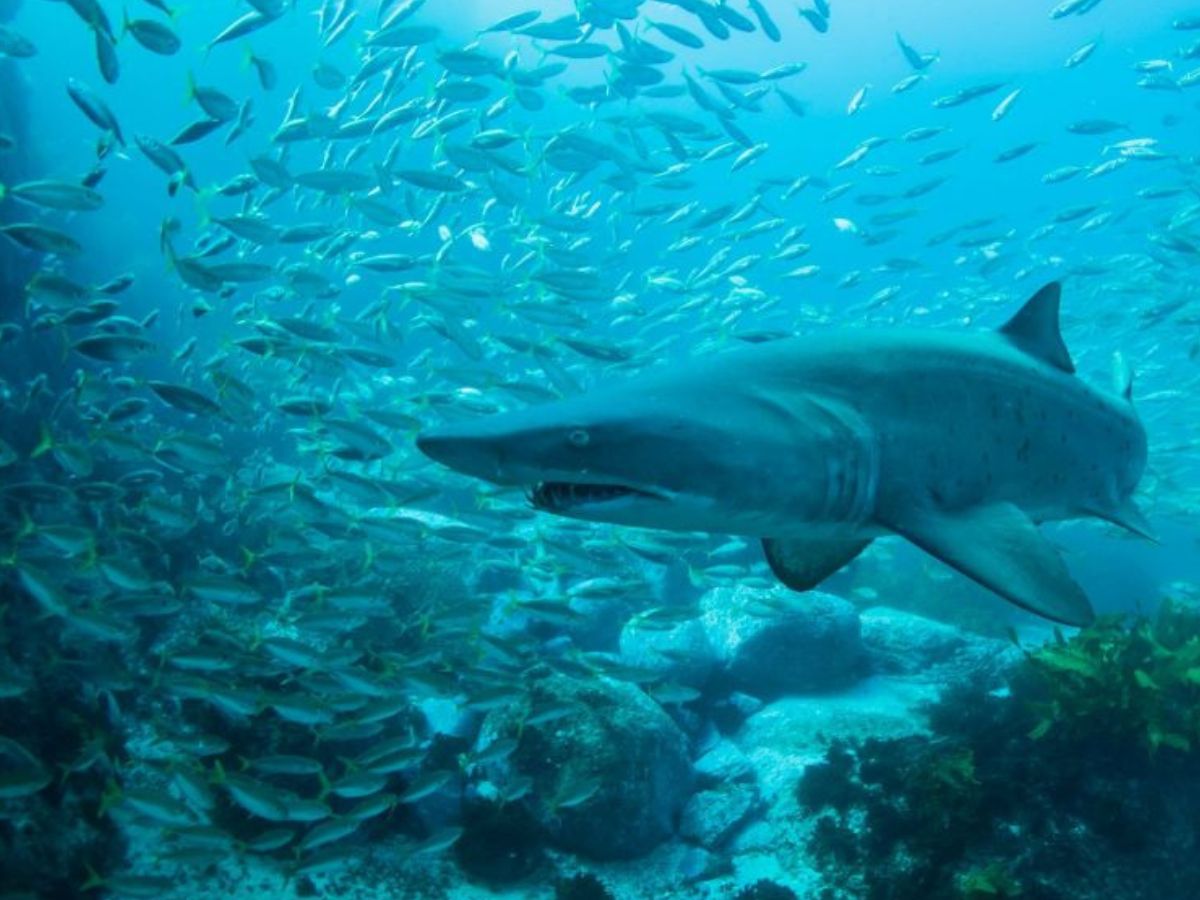You have 0 product(s) in your cart.
Abyss Scuba Diving
Facts About The Grey Nurse Sharks
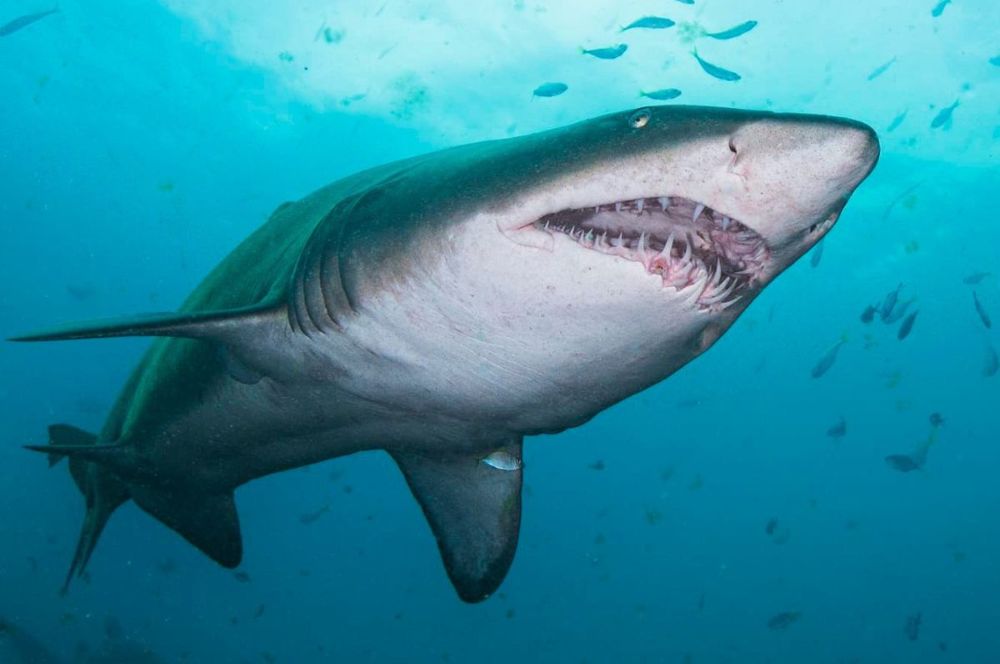
c
Facts About the Grey Nurse Sharks
The grey nurse shark, also known as grey nurse sharks, with its distinctive rows of pointed teeth and unique characteristics, is a species in grave danger in numerous regions across Australia. Our endeavour helps to protect and preserve this vulnerable creature that has been nicknamed “ragged tooth” by South African fishermen. In Australia alone, there are two populations; one faces critical risk while the other teeters on vulnerability. With our work, we hope to ensure their safety and longevity so future generations can appreciate these unique creatures! Additionally, the grey nurse shark has been listed as a ‘threatened species’ in various parts of Australia, highlighting the importance of conservation efforts. Emphasising grey nurse shark conservation is crucial, particularly in Australia, where efforts are focused on protecting this species from further decline.
Fun fact about nurse sharks?
Nurse sharks are among the most fascinating creatures in the ocean!
The Grey Nurse Shark is an incredible species that have been around for millions of years. Here are some fun facts about them:
-
Greynurse sharks can grow up to 3.2 meters in length and weigh up to 230 kilograms.
-
They have a unique pattern of spots and stripes on their bodies, which helps them blend into the ocean floor. Notably, they possess two large dorsal fins of similar size that are well-positioned in relation to their pectoral fins, enhancing their distinctive silhouette.
-
They are also known as sand tiger sharks or spotted ragged-tooth sharks due to their distinctive teeth even when their mouth is closed.
-
The grey nurse shark feeds mainly on fish, squid, octopus, crabs, and lobsters.
-
They are considered critically endangered due to overfishing and habitat destruction caused by human activities such as pollution and coastal development.
-
Despite their fearsome appearance, they are actually quite docile creatures and pose little threat to humans in the wild. Their body, particularly towards the rear and on the tail fin, features reddish or brownish spots, adding to their unique appearance.
-
Grey Nurse Sharks can live up to 30 years in the wild!
-
Grey nurse sharks give birth to live young, and the pups develop inside the mother’s uterus for up to 9 months. Typically the mother typically gives birth to only 2 pups at a time.
-
Grey nurse shark pups are born fully formed, measuring between 1 to 1.2 meters in length and weighing around 7-10 kg. At birth, grey nurse shark pups have sharp teeth and can hunt for themselves immediately.
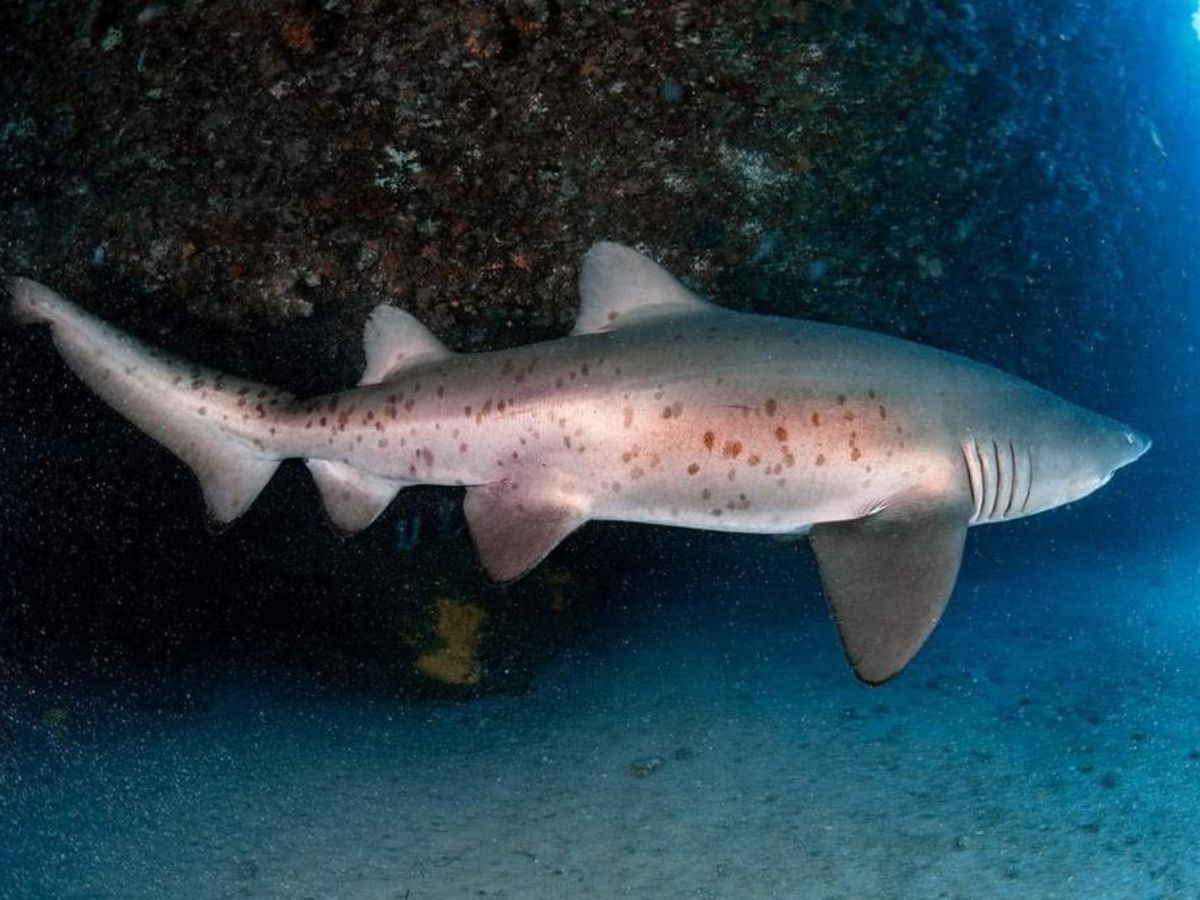
Why is it called a grey nurse shark?
The grey nurse shark is aptly named due to its dull greyish-brown exterior and methodical swimming style reminiscent of a caretaker keeping watch over their patients. Additionally, it goes by many other monikers such as sand tiger shark, spotted ragged-tooth shark, and blue-nurse sand shark.
Distinctive Teeth Structure
The grey nurse shark has intimidating fang-like teeth which, surprisingly enough, remain visible even when its mouth is closed. Their razor-sharp teeth are continually replaced - as damaged or blunt ones on the external surfaces of their jaws get pushed out by new ones. Despite the appearance of being man-eaters that their teeth give them, they are actually harmless and docile creatures.

What do grey nurse sharks eat?
Grey nurse sharks are equipped with a pointed snout that allows them to easily catch any prey they come across. To consume their meals, these carnivorous predators rely on sharp teeth to shred apart fish, other species of shark and ray, sea turtles as well as crustaceans and cephalopods before gobbling down the entire meal.
Grey nurse sharks have developed a reputation for scavenging and feasting on dead creatures along the shoreline or in the sea. This behaviour allows them to survive in habitats with limited food resources. Ultimately, these majestic predators are vital to marine life as they help maintain appropriate populations of their prey species.
Do grey nurse sharks bite humans?
Despite its intimidation factor, the grey nurse shark is a gentle and unassertive creature that barely poses any danger to humans. Unfortunately, this species' reputation as an aggressive predator has caused it to be greatly feared and misunderstood; resulting in drastic population declines from overfishing and habitat destruction. Grey Nurse Sharks are timid by nature and move at a slow pace - truly no reason for alarm when near them!
Although it is possible that a grey nurse shark could bite someone who unintentionally disturbs them while diving in the water, any type of shark can become aggressive if they feel threatened. To avoid such a confrontation with these sharks, it's best to stay away from their habitats like rocky outcroppings or deep drop-offs. But should you find yourself face-to-face with one of these majestic creatures, keep your composure and don't make sudden movements - as this might cause an agitated reaction on their part.
Where are grey nurse sharks found in Australia?
There are two distinct populations of the grey nurse in Australia. Notably, these sharks are found near inshore rocky reefs, especially along the east coast including southern Queensland, highlighting their preference for subtropical and temperate waters close to the shore.
West Coast Population
The grey nurse sharks, listed as vulnerable on the west coast, are typically found in coastal regions ranging from Houtman Abrolhos Islands to Ningaloo Reef in Western Australia.
East Coast Population
From the northernmost point of Cooktown in Queensland, including key locations such as southern Queensland, to Jervis Bay in New South Wales, these creatures can be spotted swimming along Australia's eastern coast. Here they have been deemed critically endangered species due to their population size.
Come Diving with Grey Nurse Sharks on the East Coast
-
Magic Point
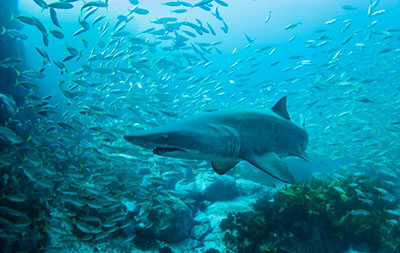
Magic Point
Sydney's leading shark dive location with 4 species of shark, including grey nurse sharks, wobbegong sharks […] -
Nelson Bay
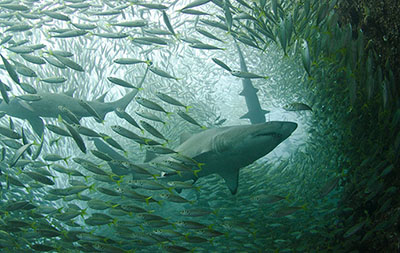
Nelson Bay
The most popular dive is the 'Looking Glass', a narrow channel through the centre of the island. […] -
Fish Rock Cave
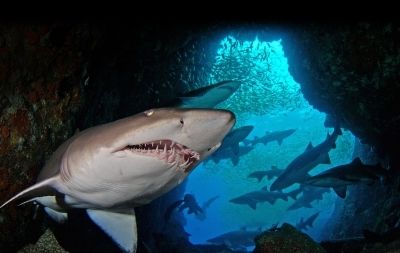
Fish Rock Cave
Famous for a large array of sharks ranging from grey nurse to schools of hammer heads[…] -
Forster Weekend
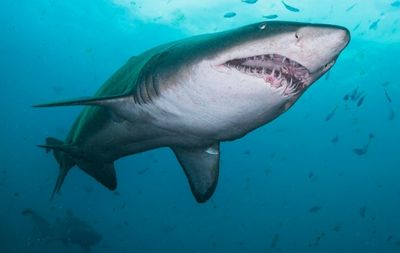
Forster Weekend
This is a prime location for shark diving, and you will surely see some incredible marine life. So pack your […]
Why are grey nurse sharks in danger?
Grey nurse sharks are critically endangered marine creatures known for their distinctive appearance and gentle nature, inhabiting waters around the world. Unfortunately, their conservation status is critically dangerous because of overfishing and habitat destruction. These gentle giants reach sexual maturity late in life, taking around 14 or 15 years to sexually mature, which can limit their ability to survive due to a decreased reproductive rate. As one of the most important predators in the food chain, without grey nurse sharks, their entire ecosystem can face collapse. There are several organisations that are working hard to conserve this critically endangered species, trying to protect them by giving them safe habitats and helping local populations mark boundaries as safe zones for grey nurse sharks. Let’s hope these efforts will help bring back our beloved grey nurse sharks!
Shark Diving Etiquette
When diving with grey nurse sharks, it's important to dive responsibly and ensure you don't spook them. It is best to not touch, chase or attempt to feed the sharks, instead admire these creatures from a respectful distance.
-
Do not block a shark's movement — ensure you are not in the direction that they are obviously going.
-
Don't block their exit, especially if they are inside a cave or under an overhang
-
Do not descend on top of sharks
-
Keep your movements slow and steady to avoid startling the sharks
-
Do not get too close to sharks as this is ultimately self-defeating. A shark will move away from any diver that attempts to approach, possibly permanently.
-
To get the best of your time with grey nurse sharks, try to stay in one spot for a while. Stay on eye level with the shark and make sure to maintain an adequate distance between you and the shark.
By following these tips, we can all work together to conserve this critically endangered species, help them remain safe and protect their habitats so that future generations will have the opportunity to experience firsthand the beauty of these majestic creatures!
RELATED POSTS
-
Shark Diving Sydney | Abyss Scuba Diving
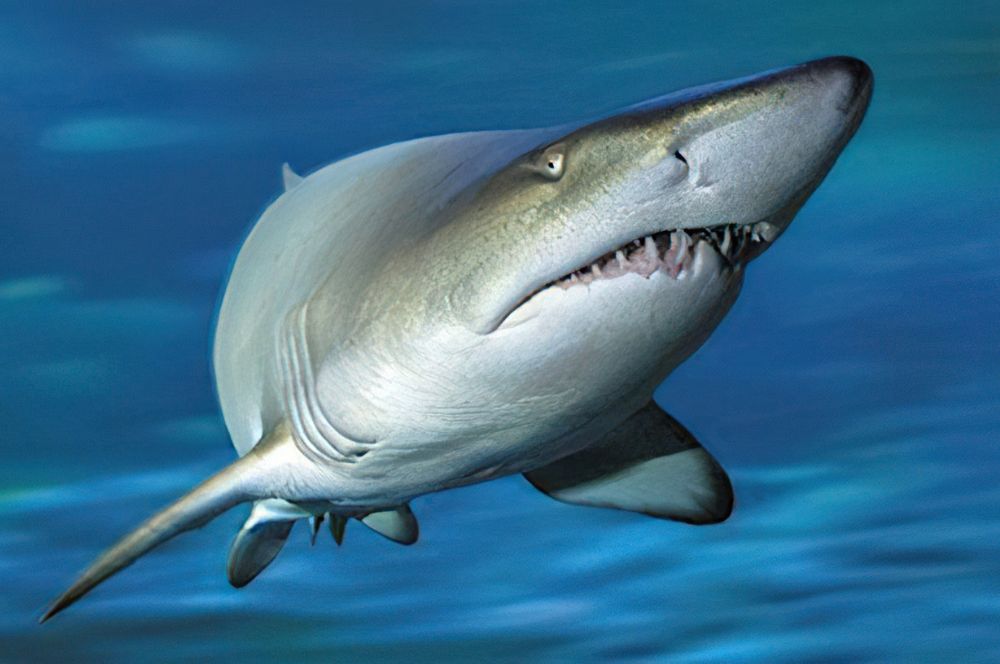
Shark Diving Sydney…
Shark Diving Sydney - An Exciting Adventure Sharks are amazing to observe in their natural habitat. Sharks […] -
What is Sydney's Most Common Shark?
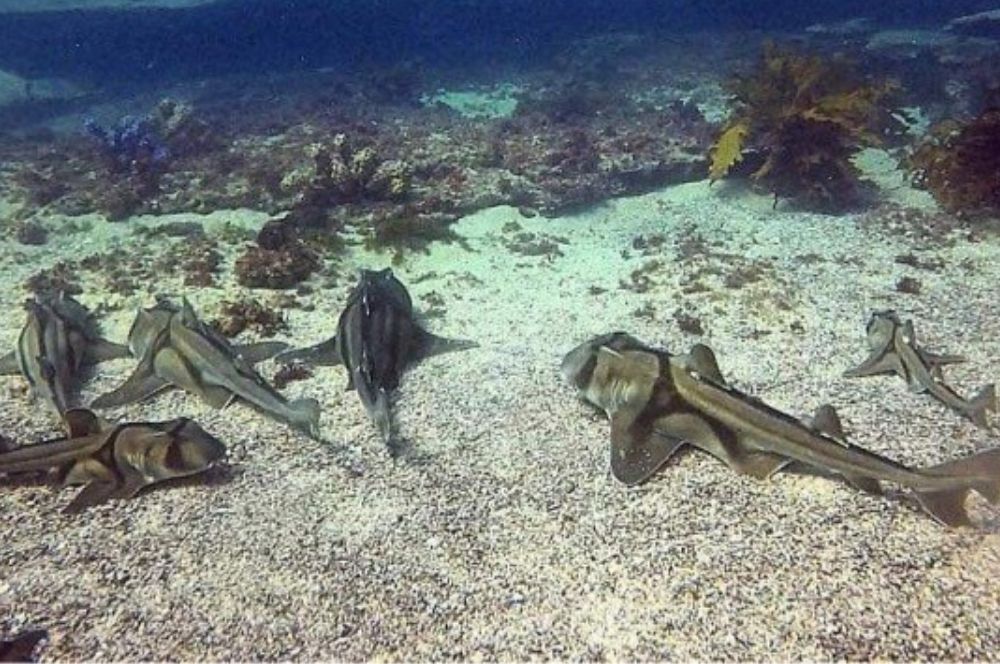
What is Sydney's Most…
What is Sydney's Most Common Shark? The Port Jackson Shark is the common shark seen by divers in the waters […] -
Is it safe to shark dive?
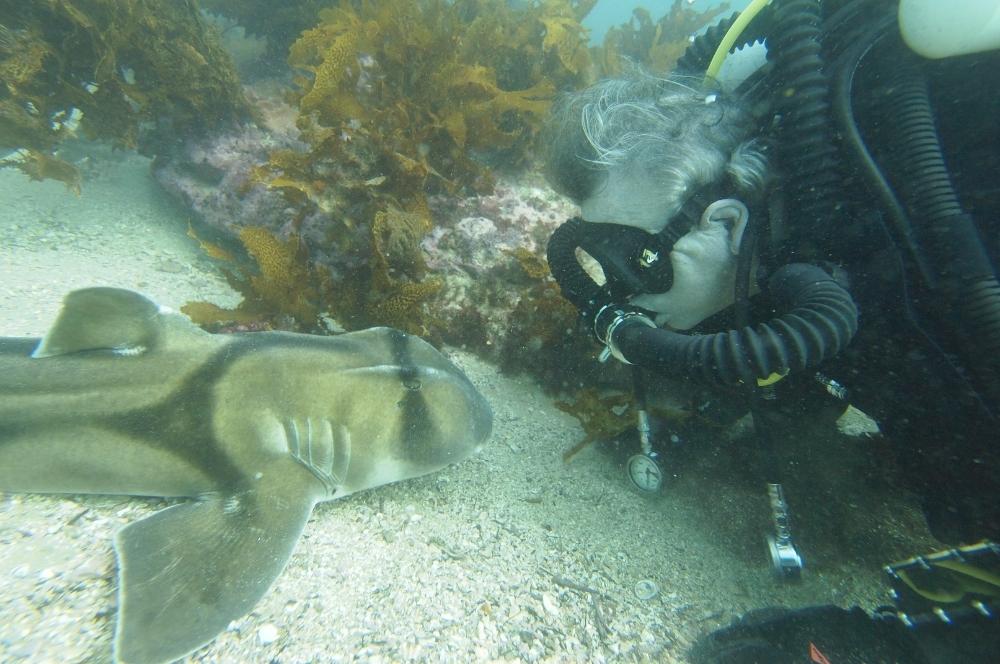
Is it safe to shark dive ...
Is it Safe to Scuba Dive with Sharks? Yes, sharks do attack divers, whether provoked or unprovoked. However, attacks are extremely rare […] -
Shark Shark Dive Xtreme Sydney …
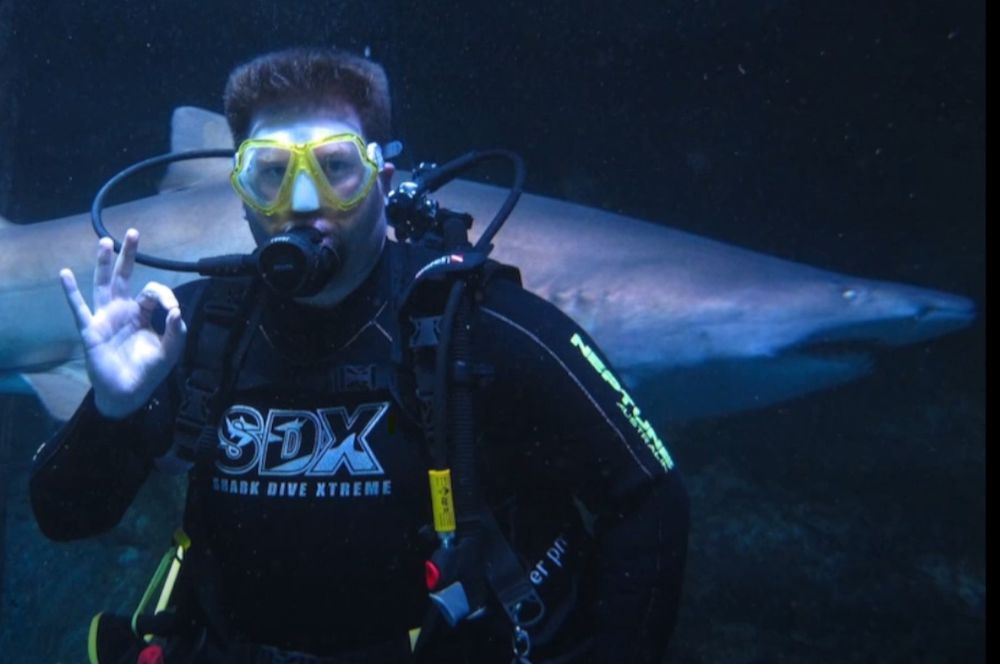
Shark Dive Xtreme Sydney…
Take the Plunge! Experience the Thrill of Shark Dive Xtreme at Sydney Sea Life Aquarium with Shark Dive Xtreme! Are you […]
Recent Posts

